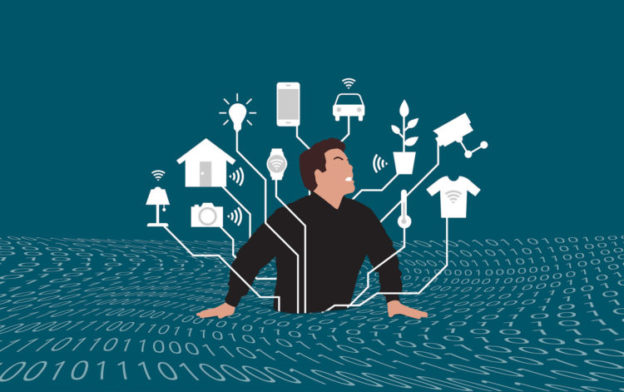As technology and internet access has become more affordable, personal ownership of computers and devices like smartphones have become much more commonplace over the years. For those that do own and use these devices on a daily basis, it’s almost inconceivable to think of life without digital devices or worldwide connectivity.
Nevertheless, there is still a relatively large population of citizens who do not have access to technology or connectivity. This is usually defined by socioeconomic status, with the rich and educated more likely to have consistent access to what many would consider a way of life. This is called the “digital divide,” the effects of which are substantially negative, especially when it comes to children in low-income school districts and neighborhoods who may later experience difficulty learning how to use technology we deem crucial to social operation.
The Digital Divide in Statistics
Let’s take a look at the statistics. DigitalResponsibility.org offers these data points:
- According to the 2012 Pew Report “Digital Differences,” only 62 percent of people in households making less than $30,000 a year used the internet, while in those making $50,000-74,999 that percentage jumped to 90.
- Smart phones have helped bridge the divide, as they provide internet access to populations previously at a digital disadvantage. Young adults, minorities, those with no college experience, and those with lower household income levels are more likely to access the internet primarily through their phones.
- There are still gaps in high-speed internet access. Only 49 percent of African Americans and 51 percent of Hispanics have high-speed internet at home, as compared with 66 percent of Caucasians. Internet speed has important effects on media access, especially when it comes to streaming video, so this gap is significant.
- In a Pew survey of teachers, teachers of low-income students tended to report more obstacles to using educational technology effectively than their peers in more affluent schools.
- Among teachers in the highest income areas, 70 percent said their school gave them good support for incorporating technology into their teaching. Among teachers in the lowest-income areas, that numbers was just 50 percent.
- 56 percent of teachers in low-income schools say that their students’ inadequate access to technology is a “major challenge” for using technology as a teaching aid.
- 54 percent of all teachers said their students had adequate internet access at school, but only 18 percent said their students had adequate access at home. Interestingly, urban teachers are more likely to say students have poor access to internet at school, while rural teachers are more likely to report that students have poor access at home.
There’s obviously a disparity between those with access to technology and the internet — but what does this imply?
Why Is This Important?
We use technology in our day-to-day lives for almost everything we do. Those that are underprivileged and don’t have access to technology early on are handicapped from the start, missing out on crucial information and understandings of how our digital world works, leaving them susceptible to manipulation and discrimination.
For example, Ryan McDonald, the CEO and owner of Shade Digital, mentions that “the same tactics allegedly used by Russians to interfere with our election via bots, social media & ‘fake news’ can be used by almost any organization at a relatively low cost.”
Why did Trump’s messaging work?
Because many who are unfamiliar with how technology and the internet works were lied to and duped by Russian operatives as well as proponent of “fake news.” This is a direct result of people’s ignorance toward technology.
While the digital world can absolutely be used to mask the truth, it’s also a great equalizer for those that possess technology, because it can be used to spark movements, spread truth, and bring together communities. For example, the Black Lives Matter movements and questions of police accountability have flourished online — but those that benefit most from these movements are the most underserved by their medium.
So how do we bridge the digital divide and keep the most underserved members of our society from spiralling into a Luddite abyss?
The Future
The first thing to realize is just how quickly technology is changing everything. According to DeVry University, the internet of things (IoT) is promising to change the way that cities are built, cars are driven, and even how we live. Urban areas will be forever affected by technology at the same time that their populations will be bursting at the seams.
To put this in perspective, in 2014, there were 28 megacities with more than 10 million people worldwide. By 2030, that is projected to grow to 41 million. As John Wilmoth, director of UN DESA’s population division, explains, “Managing urban areas has become one of the most important development challenges of the 21st century.”
If the digital divide continues to grow at the same time that populations do, as well as at the same time that cities become increasingly technological, we’ll unfortunately see more people who lack the knowledge and skills to become employed and contribute to society.
There’s no hard and fast answer that solves the digital divide, but one place to start is education. More education funding and attention to children and students will help catch them up and prepare them for the digital world.
The truth is that we need to start paying attention to mending the digital divide now. The further we go without solution, the more problems will arise — and that’s not the type of world that anybody wants to live in.








